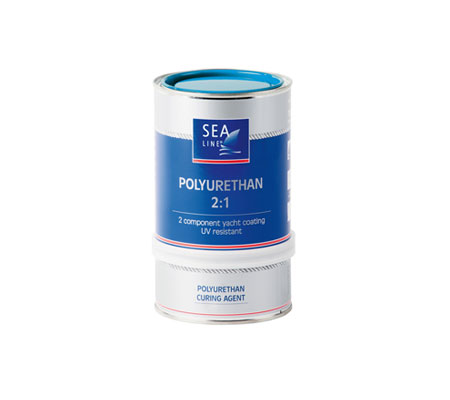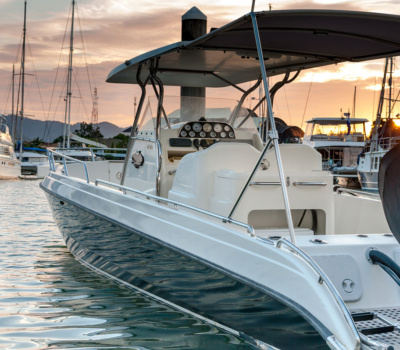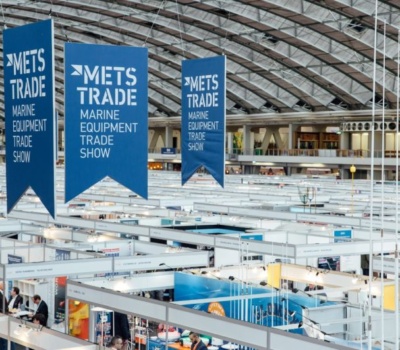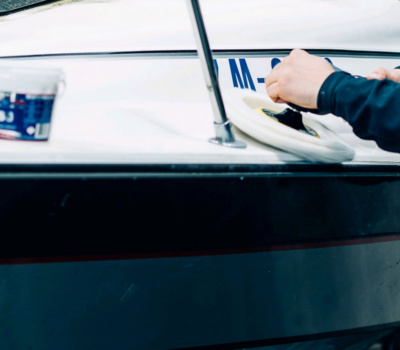Our range of polyurethane topcoats with high resistance to UV, has been updated with a new color. Season 2014 starts with the blue premiere – RAL 5015. Sea-Line® Polyurethane Topcoats provide an aesthetic and perfect look for the boat.
Also functions as protection against water, sea air, scratches, and color change under the influence of UV radiation.


We are expanding our offer by introducing two new products that will provide boat enthusiasts

Come and join us at METSTRADE 2023, METSTRADE the best event for marine industry professionals,

Visit us and our production plant without traveling

New in the 2023 season is a new polishing wool The new black and white
We recommend to always sand the surface between applying two different products to ensure uniform surface roughness and adhesion of subsequent layers. The sanded surface should also be cleaned and degreased.
We do not recommend using universal thinners. The use of a thinner with an unknown composition may result in loss of adhesion, lack of proper flow of paint and varnish defects.